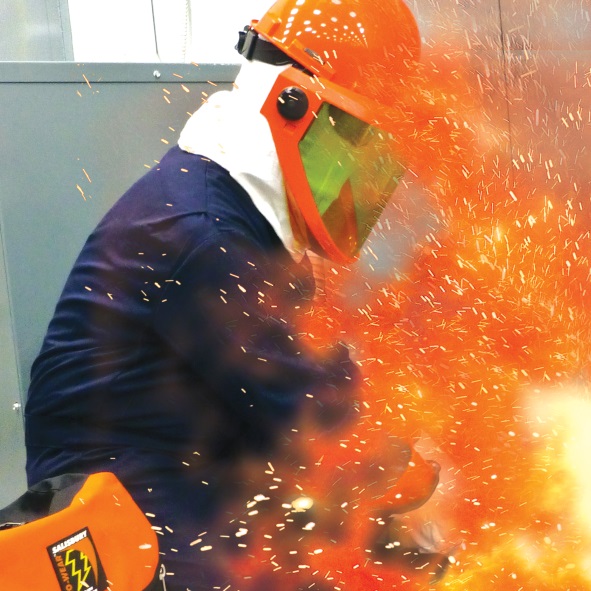True and False!
Test out your knowledge of electricity with these true and false questions! Answers are below!
1.) True or False: You can use any household rubber-soled shoes or rubber gloves as insulators.
2.) True or False: A spark of electricity can measure up to 3000 Volts.
3.) True or False: Electricity can be created from water, wind, the sun, and animal feces.
4.) True or False: Wood is a good insulator.
5.) True or False: If a wire falls to the ground, the power going through it is automatically shut off.
6.) True or False: Electricity travels at the speed of light which is 186,000 miles per second.
7.) True or False: A bird can never get electrocuted by sitting on a power line.
8.) True or False: Wires that fall, will always create a spark.
9.) True or False: Electricity runs through our bodies.
10.) True or False: Electricity tries to find the easiest path to the ground.
Answer Key
1.) False-These need to be made up of 100% rubber. Many Companies add additional things to these items and make them more of a conductor than an insulator.
2.) True
3.)True
4.) False-Wood is a conductor. High voltage doesn’t have any difficulty going through wood. Always use caution around power lines and when using wooden ladders.
5.) False-A power line that falls will normally land on poor conductors such as asphalt. The power company sees a need for an increased amount of electricity. Their equipment can’t discern the difference between a broken line on a poor conductor and a high demand of electrical appliances from people coming home from work and turning things on.
6.) True
7.) False– If a bird is sitting on a power line and its wing or other part of its body touches another line, it creates a circuit and causes electricity to flow through the body.
8.) False- This may be the case sometimes if a power line fall to the ground and doesn’t make firm contact with it, however; if it falls to the ground and makes firm contact, it will often not make a noise or spark. This is dangerous because it may appear to look like a dead wire.
9.) True- Electricity plays an important role in our bodies.It helps send signals to our muscles.
10.)True







